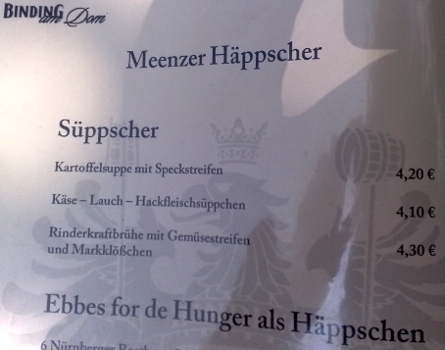Welcome to Schplock’s first English post – a tutorial on rounded front vowels, namely <ö> and <ü>. Impatient readers might want to skip the more theoretical first “half” and jump right to the DIY-part below.
What is round in a rounded vowel?
Rounded vowels are generally produced by forming a circle with your lips. Or more technically:
Lip rounding involves drawing the corners of the lips together and protruding the lips forward from their normal rest position. (Maddieson 2008)
That’s a very common property in back vowels (produced by putting your tongue somewhere in the back of your mouth) like
- [o] which doesn’t exist in English, but you may know it from French eau ‘water’, Italian sole ’sun’ or Spanish tomar ‘take’,
- [ɔ] in thought,
- [u] in goose and
- [ʊ] in book.
An extremely simplified version of where those sounds are produced can be found in the figure to the right.
In German, those four sounds differ not only in tongue position, but also in length: the “lax” vowels /ɔ/ and /ʊ/ are always short, the “tense” vowels /o/ and /u/ are always long.
Front vs. back
Rounding in front vowels is pretty rare in the world’s languages. The property can be found in only 37 of the 526 languages considered for the corresponding WALS-map. Only 23 of these possess both high (i.e. ü) and mid (i.e. ö) rounded front vowels.1








